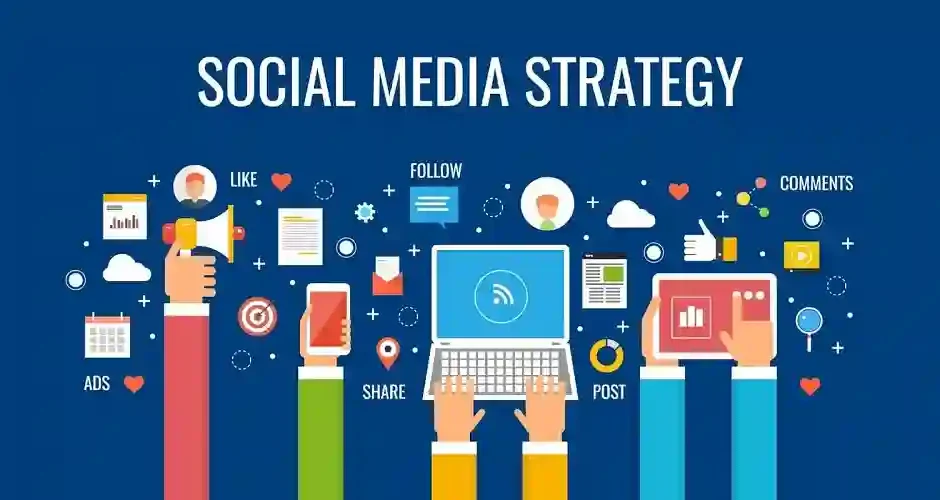In the vast, ever-evolving landscape of social media, timing isn’t just a factor; it’s an art. The difference between a post that fizzles out and one that goes viral can often be attributed to when it was shared. Crafting a strategy for effective social media posting requires understanding the art of timing. This article delves into various aspects of timing and provides actionable strategies to enhance your social media presence.
Understanding Your Audience
1. Know Your Demographic
Understand who your audience is. Different demographics have different social media habits. Younger audiences may be more active in the evenings or late at night, while professionals might scroll through their feeds early in the morning or during lunch breaks.
2. Analyze Engagement Patterns
Utilize analytics tools provided by social media platforms to study when your posts receive the most engagement. This data is invaluable for tailoring your posting schedule.
3. Consider Time Zones
If your audience is global, consider the time zones they are in. This may mean posting at odd hours in your local time to catch them at their peak activity times.
The Role of Different Platforms
Each social media platform has its own peak times for user engagement.
1. Facebook and Instagram
Weekdays, particularly Wednesday through Friday, and mid-morning to mid-afternoon hours, are generally effective. However, this can vary based on your audience.
2. Twitter
For B2B audiences, weekdays during business hours are best, while B2C engagement peaks on weekends and evenings.
3. LinkedIn
Aim for business hours, particularly midweek, to engage professionals.
4. Pinterest
Weekend mornings are prime time for Pinterest users.
5. TikTok
This platform has a younger demographic that tends to be active in the evening hours and late at night.
Quality Over Quantity
While timing is essential, it should not compromise the quality of your content.
1. Consistent, High-Quality Posts
It’s better to post less frequently with high-quality content than to post constantly with mediocre material.
2. Value-Driven Content
Ensure that each post offers value, whether it’s informational, entertaining, or inspiring.
Experimentation and Adaptation
The digital landscape is dynamic, and so should be your posting strategy.
1. A/B Testing
Experiment with different posting times and track engagement. This will help refine your strategy over time.
2. Adapt to Trends
Be aware of current events and trends that may affect when people are online and engaging with content.
Scheduling Tools
Leverage scheduling tools like Buffer, Hootsuite, or Sprout Social to maintain a consistent posting schedule without being physically present 24/7.
Interactive Content
Posts that encourage interaction can boost engagement. Polls, questions, or contests can be timed to when your audience is most active.
The Power of Storytelling
Narratives and stories can captivate audiences. Align these with times when your audience is most receptive to longer, engaging content.
Responding to Engagement
Timely responses to comments and messages can enhance engagement. Allocate specific times to interact with your audience.
Leveraging Influencers
Partner with influencers who understand the art of timing on their respective platforms to amplify your reach.
Seasonal and Time-Sensitive Content
Align your content with seasons, holidays, and events. This relevance can significantly increase engagement.
Conclusion
Crafting an effective social media posting strategy is a blend of art and science. By understanding your audience, leveraging platform-specific timings, focusing on quality, experimenting, and adapting, you can significantly enhance your social media presence. Remember, the right message at the wrong time may as well be the wrong message. Harness the power of timing, and watch your social media impact grow.


